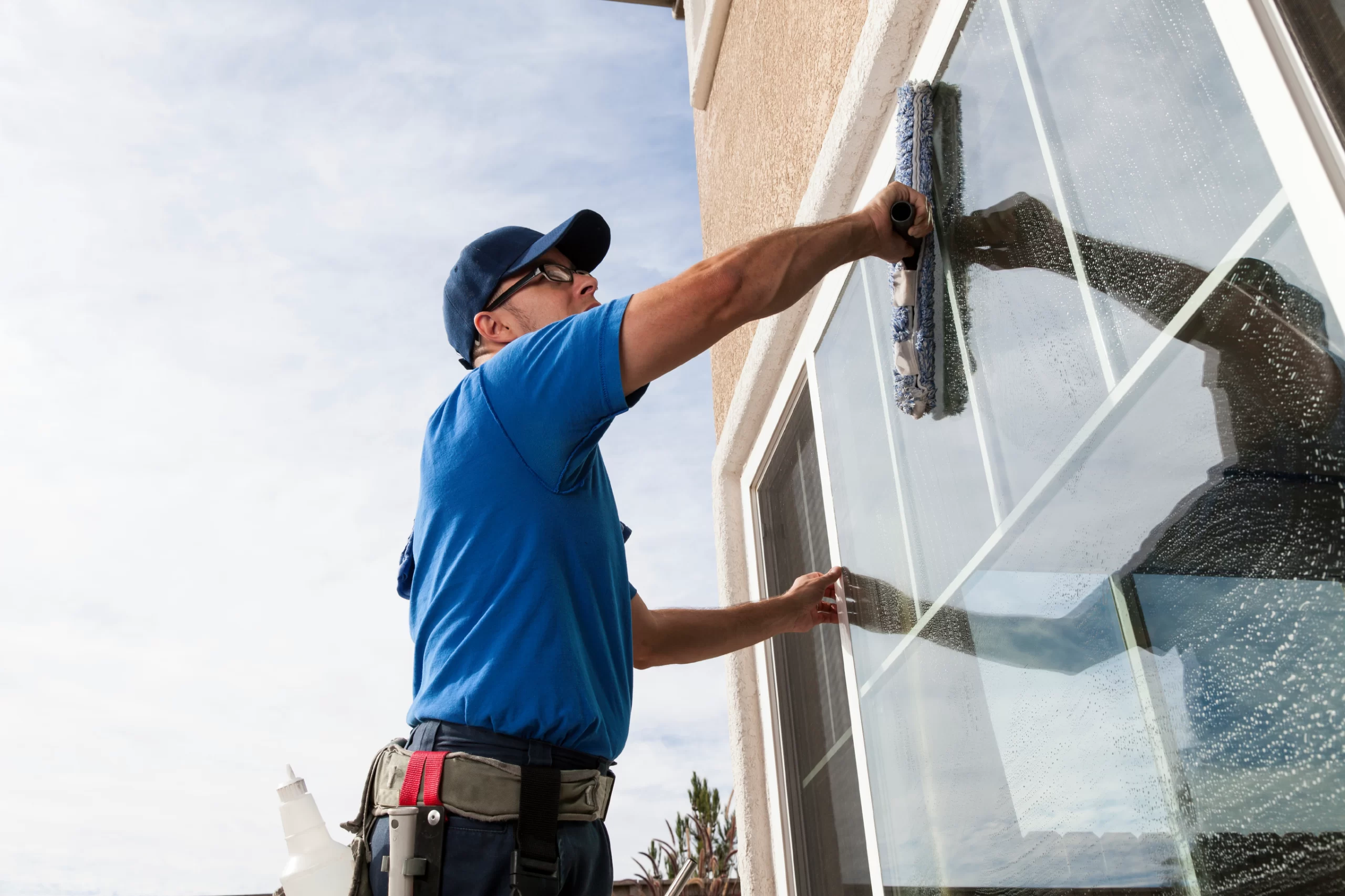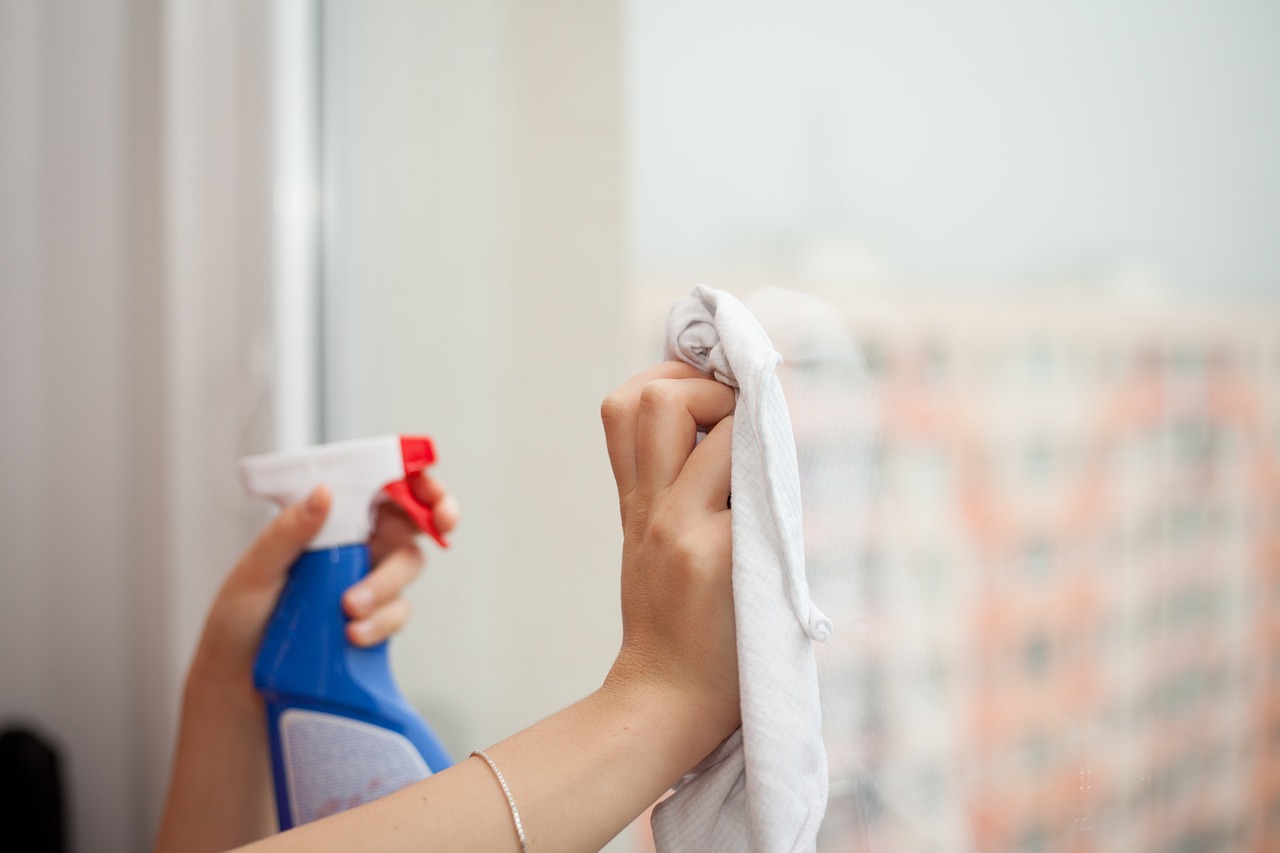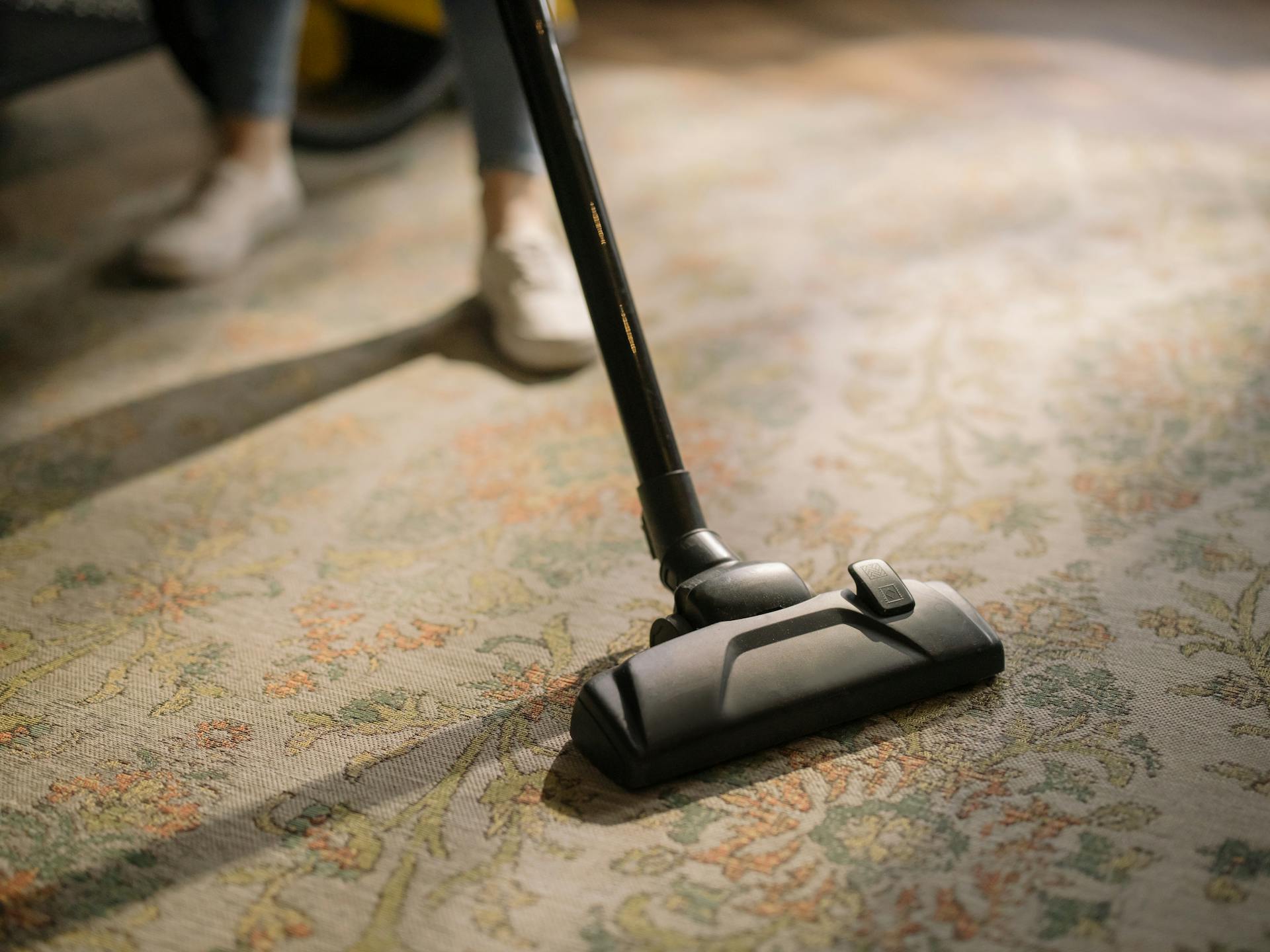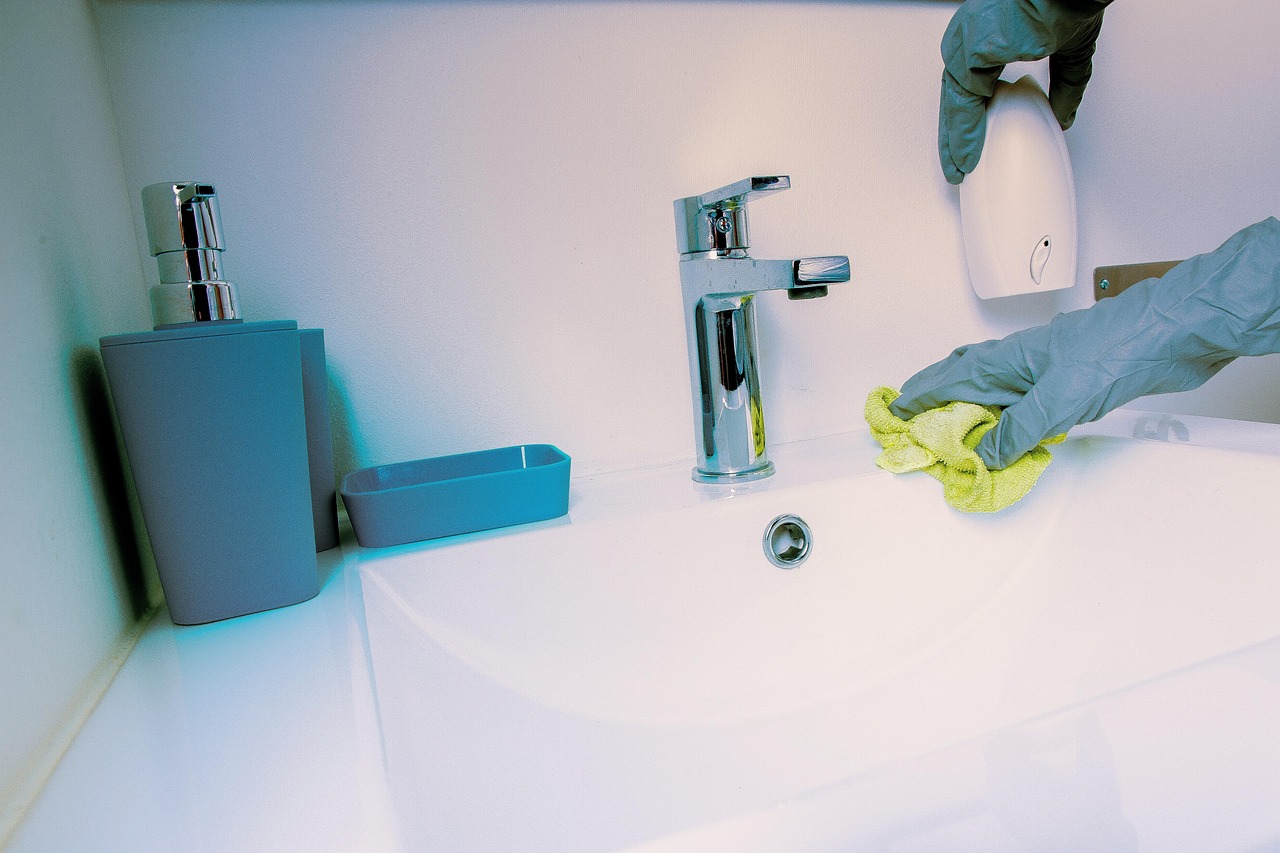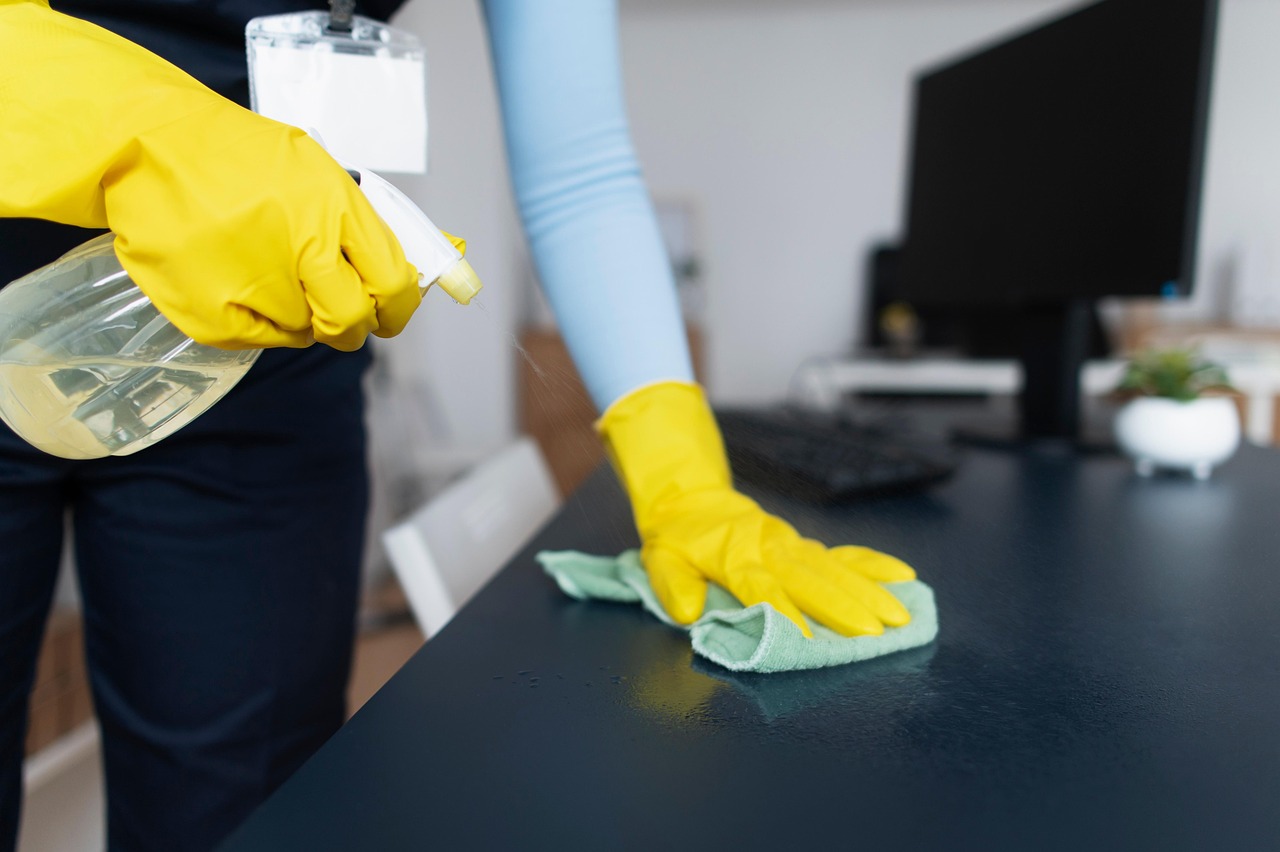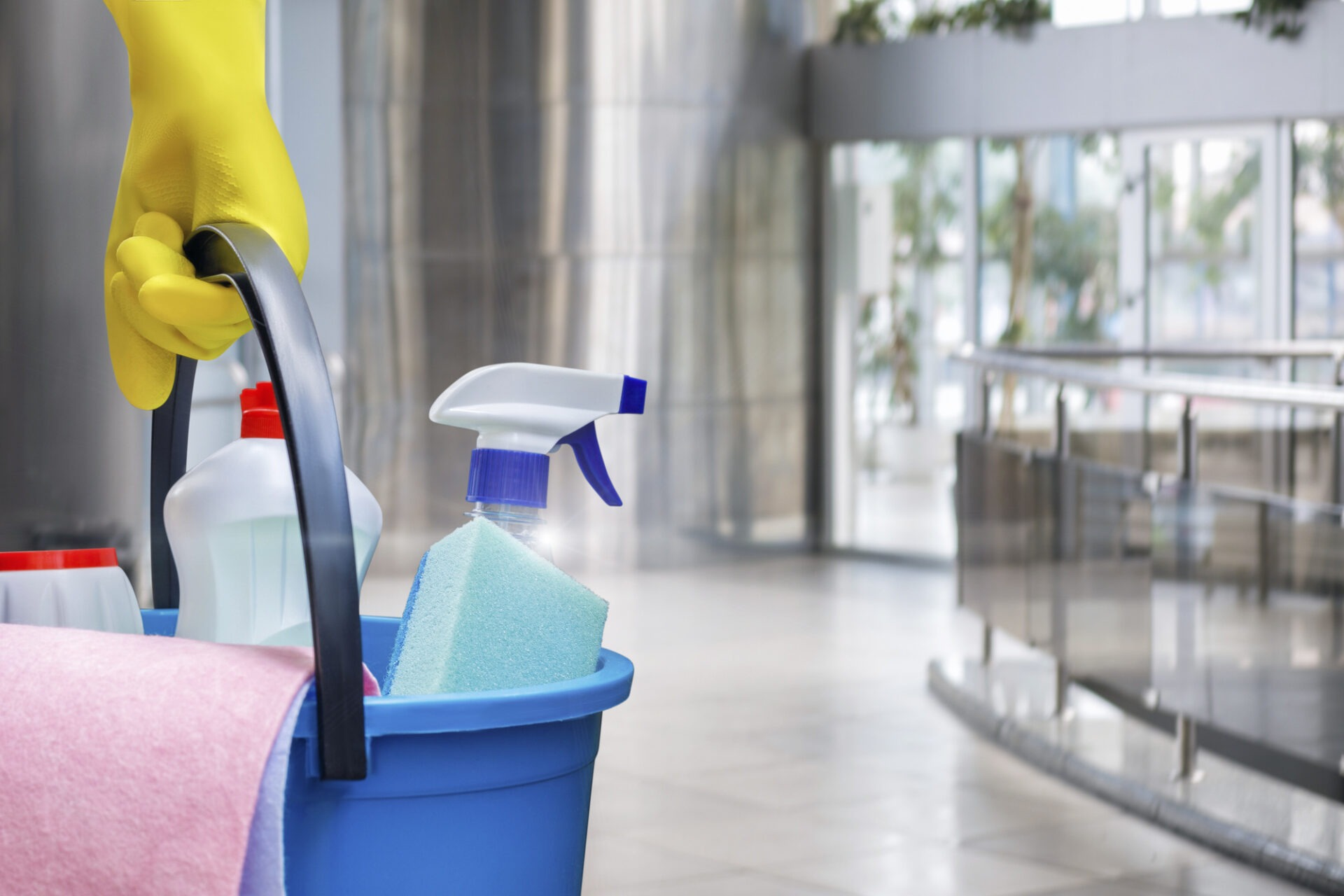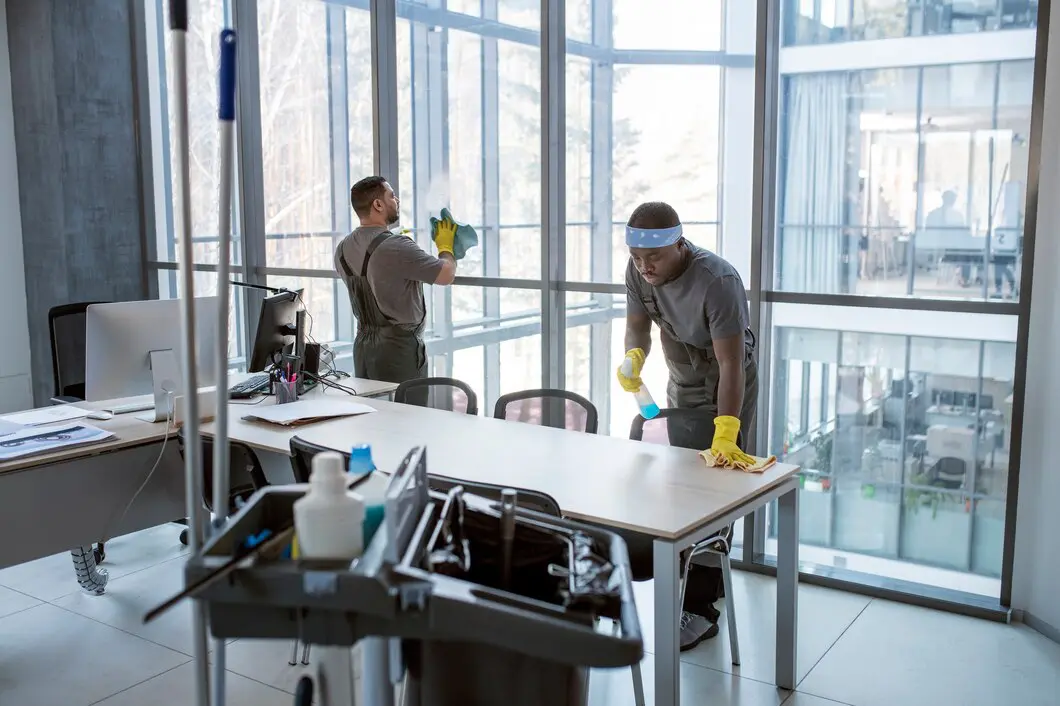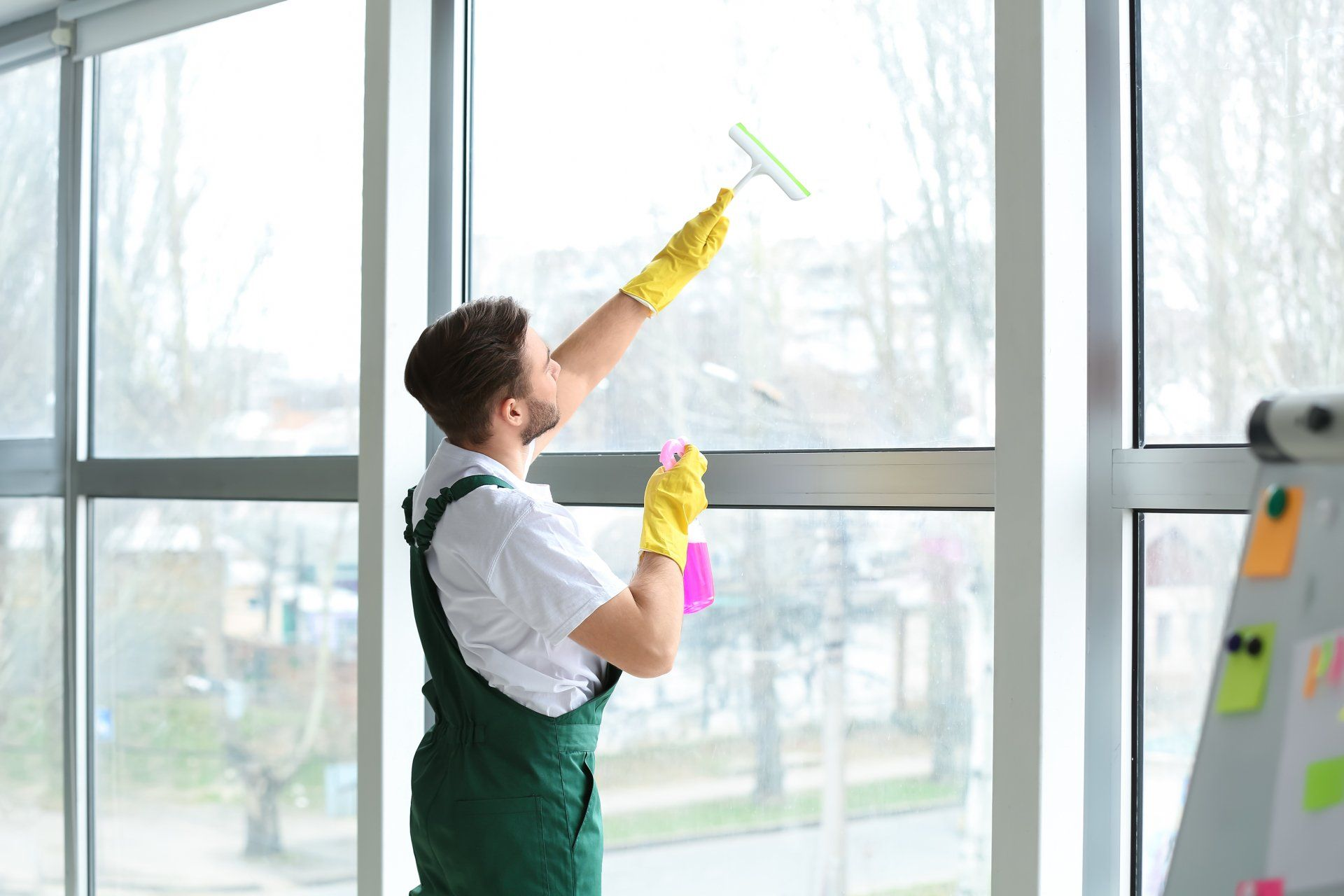There are several varieties of glass for windows, and each has special qualities which determine how they should be cleaned. For glass to remain clear and last longer, the right cleaning methods and equipment must be chosen based on the type of glass. Here, we will look at how various types of glass affect your window cleaning routine and provide helpful tips for cleaning each one properly.
Standard Glass: The Everyday Approach
Standard glass is commonly found in both homes and offices. Cleaning it is easy and can be done with basic tools like a squeegee, a microfiber cloth, and a gentle cleaning solution. Do not use abrasive scrubbers or harsh chemicals, as they can cause long-term scratches and damage to the surface. A simple and affordable way to clean regular glass is by using a mixture of water and vinegar. To prevent streaks, finish by using a squeegee to wipe the glass clean.
Tempered Glass: Tough but Sensitive
Tempered glass is specially treated with heat to make it stronger and less likely to break into pieces. Although tempered glass is tough, it can get scratched more easily, so it is important to handle it gently. To protect the surface, avoid using sharp tools or strong cleaning products. Use a delicate sponge paired with a mild cleaner that won’t damage the surface. Ensure the edges are cleaned gently to prevent micro-damage.
Tinted Glass: Protect the Tint
Tinted glass helps block out glare and heat, but the film can be easily scratched or damaged by chemicals. Avoid abrasive tools or ammonia-based cleaners that could discolour or peel the tint. Opt for a soft cloth and a cleaning solution that is suitable for tinted windows. Clean carefully, then finish with a dry microfiber cloth to prevent streaks.
Double-Glazed Glass: Keep the Layers Clean
Double-glazed windows, with two layers of glass and an insulating gap, are perfect for boosting energy efficiency and soundproofing. However, removing moisture or dirt between the layers can be difficult and typically requires professional assistance. To keep the glass clear, wipe down the outside frequently with a gentle cleaner. If moisture gets stuck inside, it is best to call in an expert.
Frosted or Textured Glass: Mind the Details
Frosted and textured glass offer a stylish way to maintain privacy, but their bumpy surfaces can be a bit of a challenge when it comes to cleaning. The small crevices tend to collect dirt and grime, making them harder to wipe down. Scrubbing with excessive force can cause scratches or damage the design. A soft brush or a foam sponge can help you clean the grooves and patterns without harm. Using a gentle cleaning solution will clean off dirt without trouble.
Low-E Glass: Energy Efficiency Requires Care
The purpose of low-emissivity (Low-E) glass is to improve energy efficiency by reflecting heat. Due to its unique coating, extra care must be taken when cleaning to prevent destroying the reflecting layer. Do not use cleaners that have ammonia or harsh chemicals in them. Use gentle soap and water, or a glass cleaner that is marked as safe for Low-E coatings. To get a clear finish without streaks, clean with a microfiber cloth.
To Sum Up
The way you clean windows depends on the glass type, as different materials require different tools and cleaning methods. By taking the effort to understand these distinctions, you can prolong the life of your windows and keep them clean. Just like choosing the right tool for a job, picking the right cleaning method for your window glass makes all the difference. Get it wrong, and the outcome might not be what you expected. Use the right technique, and your windows will be spotless, letting you enjoy a perfect, streak-free view.


